Ideenentwicklung zu „Creating Impact in times of physical distancing“
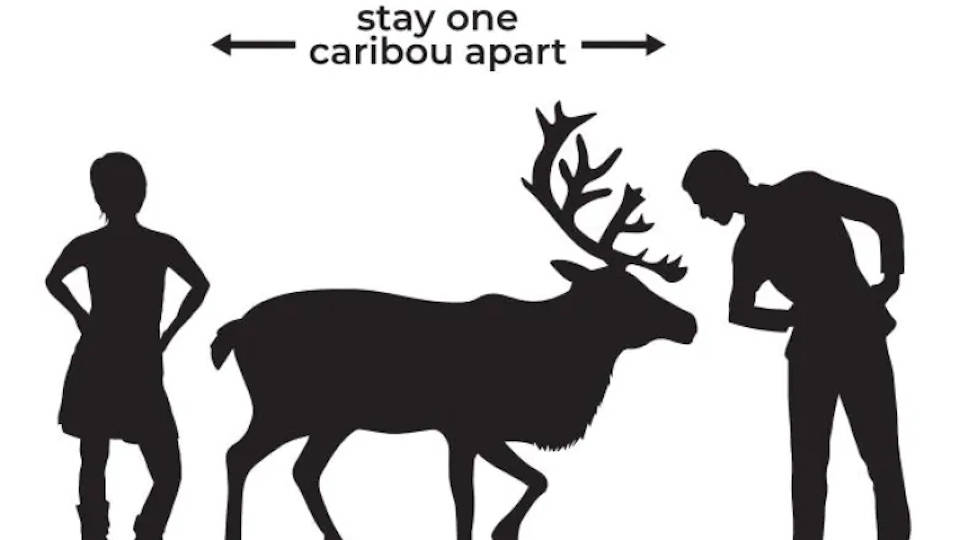

Human-Centered Design (HCD) is not about following processes. It’s about being mindful of HCD principles. Keep focus on people and the entire system to solve the right problems.
principles HCD transcription:
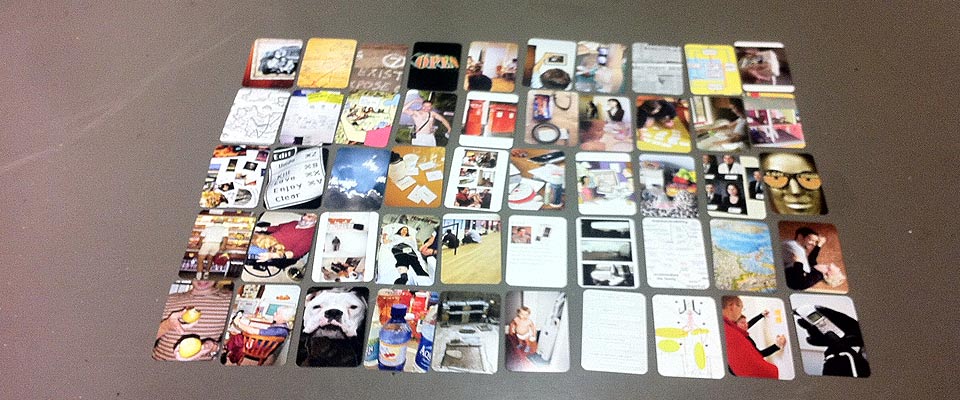
IDEO Method Cards are a tool to showcase methods we use to inspire great design and keep people at the center of our design process. Each of the 51 cards describes one method and includes a brief story about how and when to use it.
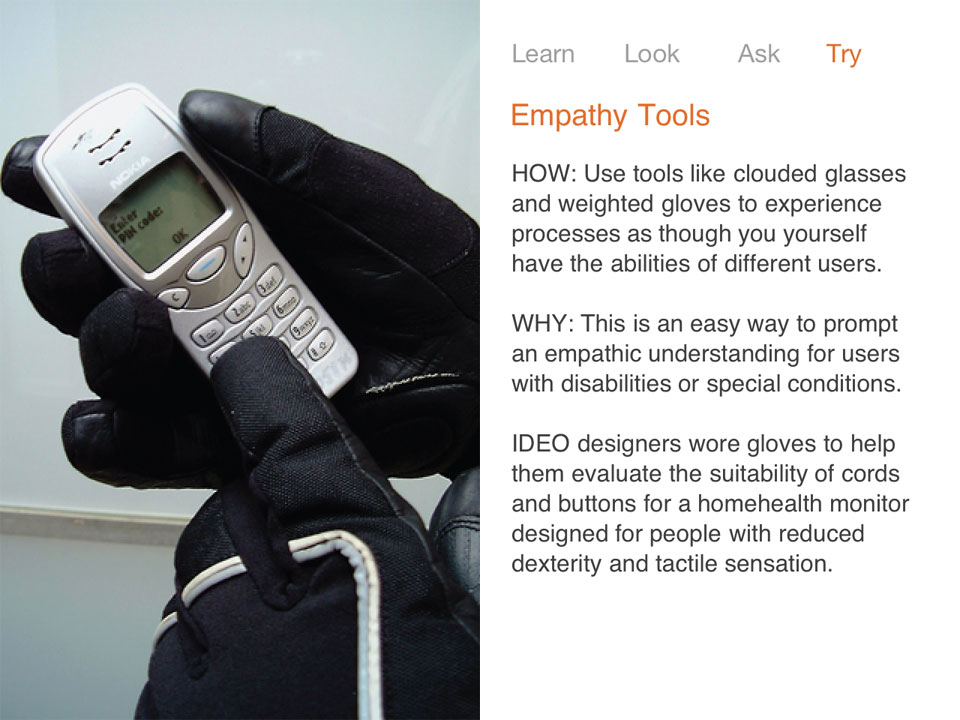
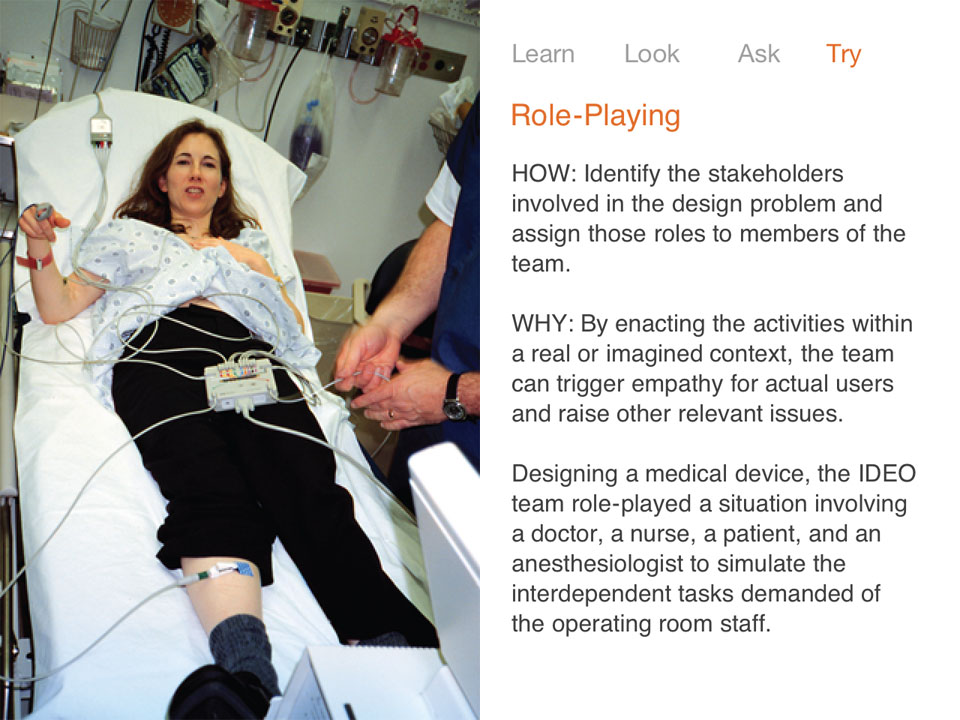
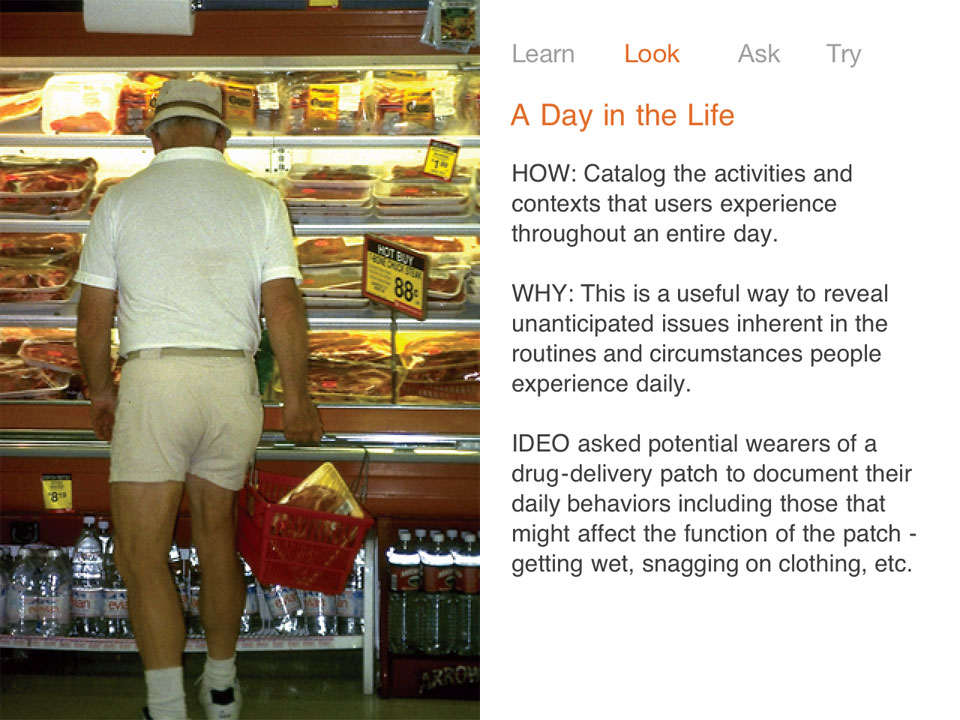
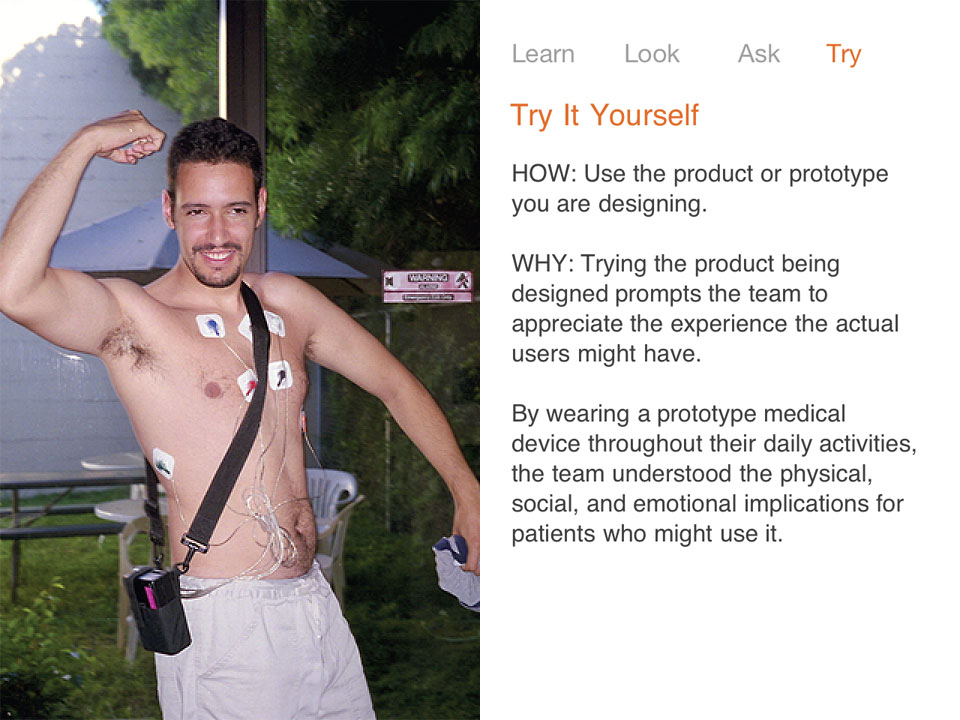

Weil wir nach tief verborgenen, bisher unerfüllten Bedürfnissen suchen, müssen wir erst durch jene Bedürfnisse „hindurchfragen“, die für den Nutzer offensichtlich und leicht zu benennen sind.
Digital Innovation Playbook, Seite 80
Wie bei einer Zwiebel müssen wir mit geschickten Fragen Bedürfnisschicht um Bedürfnisschicht freilegen, bis wir an den Kern – das heißt in das Innerste des Menschen – stoßen.
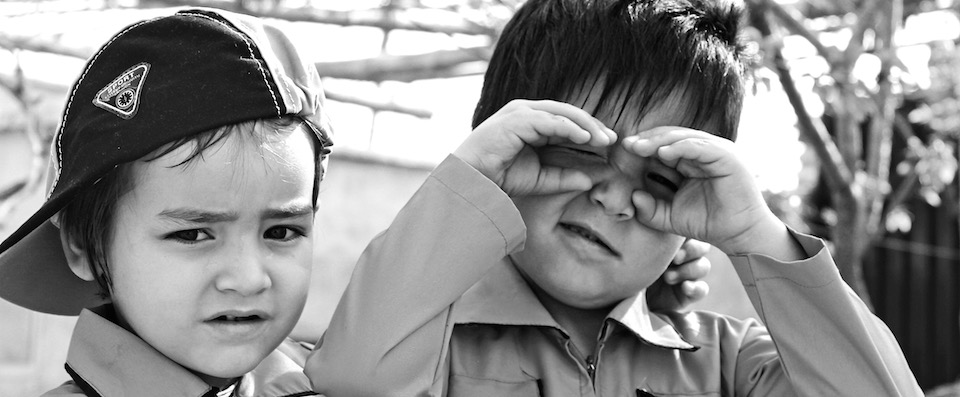
Warum-Fragen müssen sein. Sie sind das Salz in der Interview-Suppe!
Digital Innovation Playbook, Seite 40
Menschen können sehr schlecht ihr eigenes Verhalten in Gänze beschreiben. Wenn wir aber immer wieder nachhaken, dann bringen wir sie dazu, über ihr Verhalten nachzudenken.
Wenn wir das erste Mal die Warum-Fragen mehrfach stellen, werden wir uns dumm vorkommen. Aber ohne Nachfragen und Nachbohren kommen wir den tiefer liegenden Erkenntnissen nicht auf die Spur!
Eine wichtige Fähigkeit von Designer*innen ist es, wieder wie Kinder zu sehen – aber auch wie Kinder Fragen zu stellen!
Charles and Ray Eames | Powers of Ten, 1977
Powers of Ten is a reframing technique that can be used as a synthesis or ideation method. It allows the design team to use an intentional approach to considering the problem at varied magnitudes of framing.
Das Problem aus verschiedensten Perspektiven betrachten – mal ganz nah dran, mal aus großem Abstand…
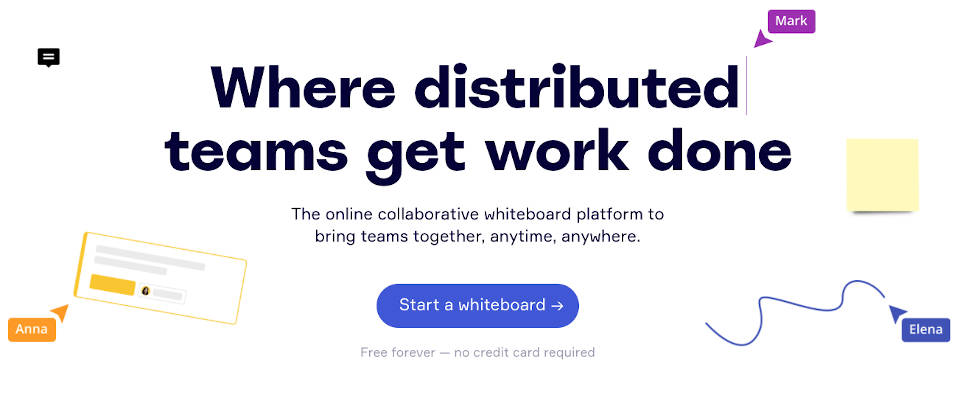
Create & innovate faster: Empower cross-functional discovery and brainstorming through an infinite canvas, robust set of widgets, prebuilt templates, and powerful platform capabilities. Miro presents an entire toolkit for user story or customer journey maps, wireframing, roadmap or sprint planning, retros, and more.
Miro ist kostenlos – und war bei uns an der Fakultät für Design während des Corona-Semesters laufend im Einsatz!
Prof. Peter Dürr bevorzugt Padlet, das ähnliche Features enthält wie Miro…

Eine Mindmap beschreibt eine von Tony Buzan geprägte kognitive Technik, die man z. B. zum Erschließen und visuellen Darstellen eines Themengebietes, zum Planen oder für Mitschriften nutzen kann. Hierbei soll das Prinzip der Assoziation helfen, Gedanken frei zu entfalten und die Fähigkeit des Gehirns zur Kategorienbildung zu nutzen.
Mindmaps sind ein fantastisches Tool, um seine ersten Gedanken und Ideen festzuhalten und zu ordnen. Das funktioniert online auch ziemlich gut gemeinsam…
Divided into four distinct phases – Discover, Define, Develop and Deliver – the Double Diamond is a simple visual map of the design process.
In all creative processes a number of possible ideas are created (‘divergent thinking’) before refining and narrowing down to the best idea (‘convergent thinking’), and this can be represented by a diamond shape. But the Double Diamond indicates that this happens twice – once to confirm the problem definition and once to create the solution.
… das ist nur ein Vorschlag für Euer Projekt – bitte entscheidet selbst, ob der Zeitplan für Euch sinnvoll ist!
…und viel Erfolg bei Eurem Social X Factor Projekt!